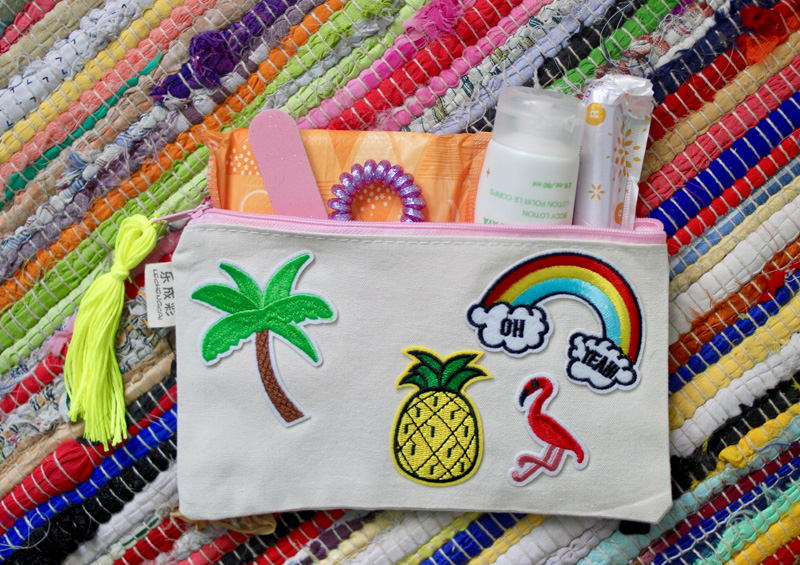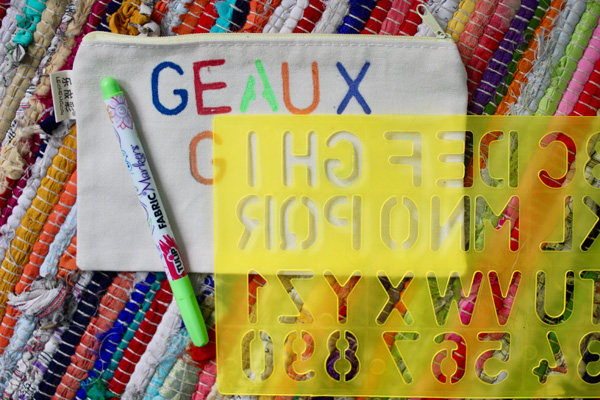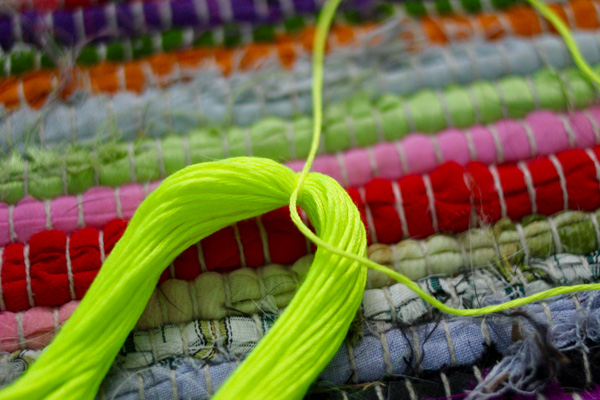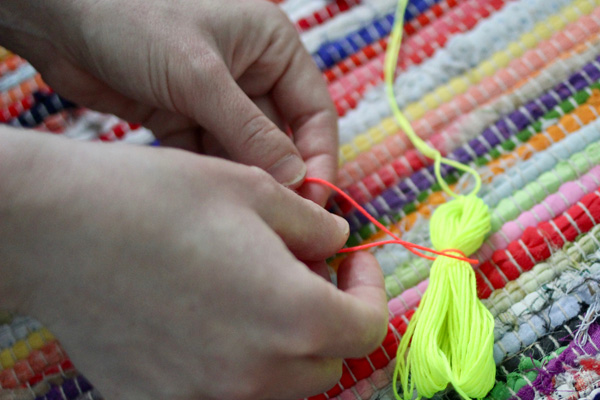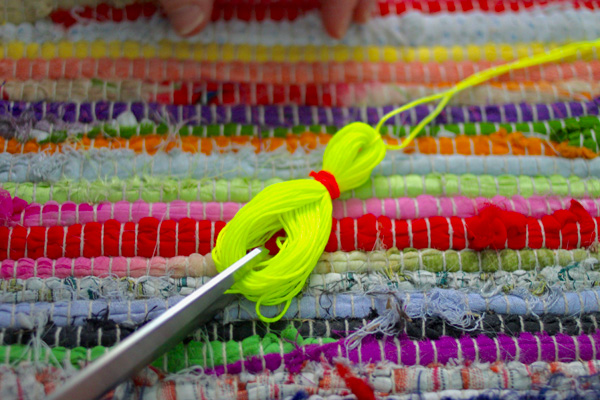Zipper pouches are great for so many reasons! You can store makeup, pens, toiletries, and anything else you need on the go. Throw that little pouch into your purse or backpack and be on your way!
They’re also the perfect size for packing self-care essentials to help you feel refreshed and
ready to tackle the day. Fill your self-care kit with any of your favorite feel-good products.
We’ve included some ideas below!
To make a self-care kit, start with a simple zipper pouch. As with any DIY project, we hope you feel inspired to add your own flair. We used fabric markers, stencils, colorful iron-on patches, and bright tassels to personalize our kits, but feel free to decorate with anything else that strikes your fancy.
















